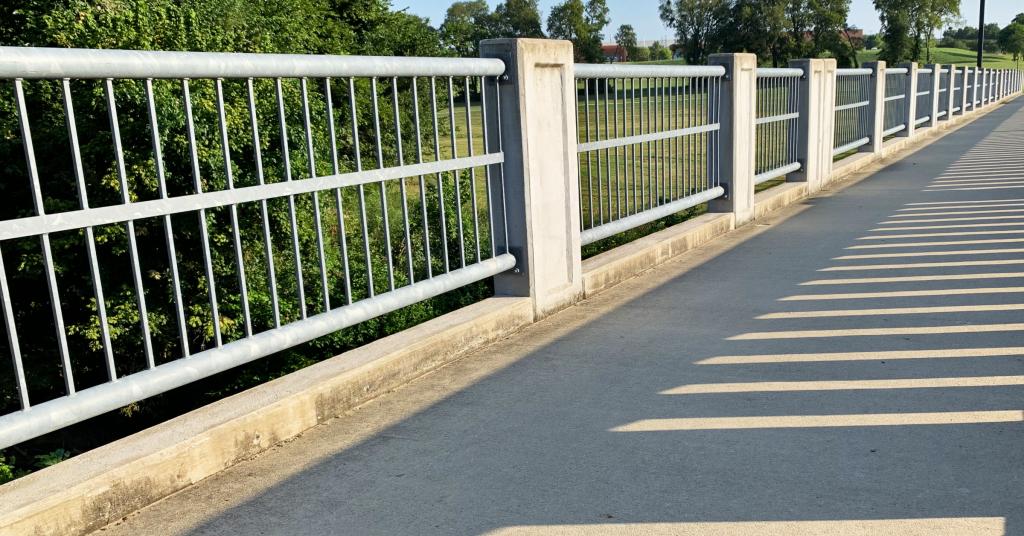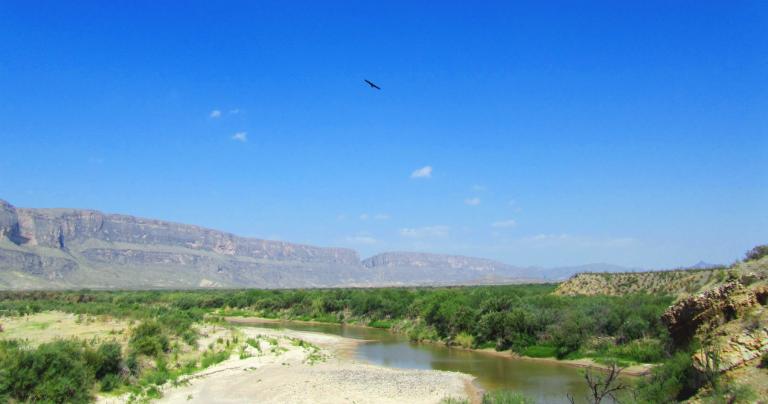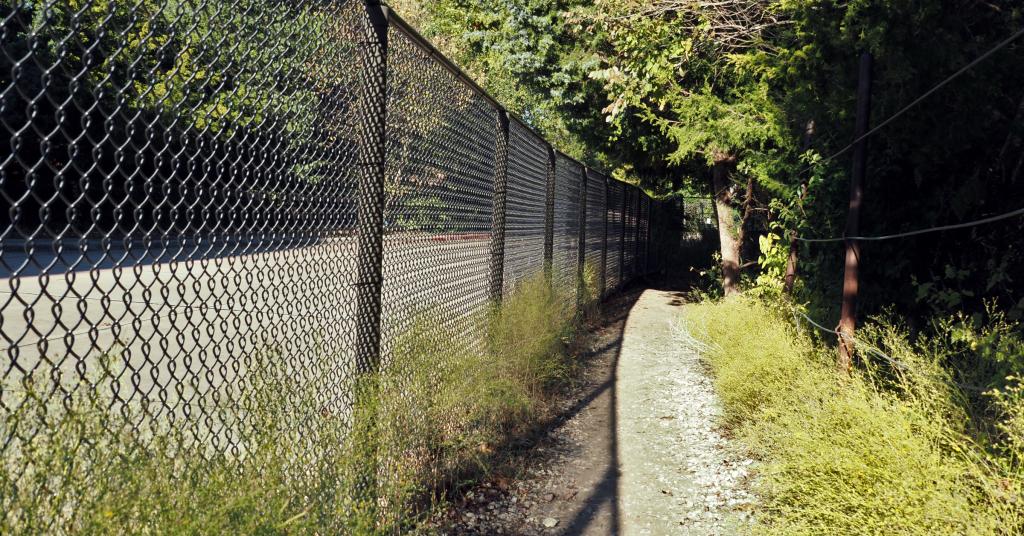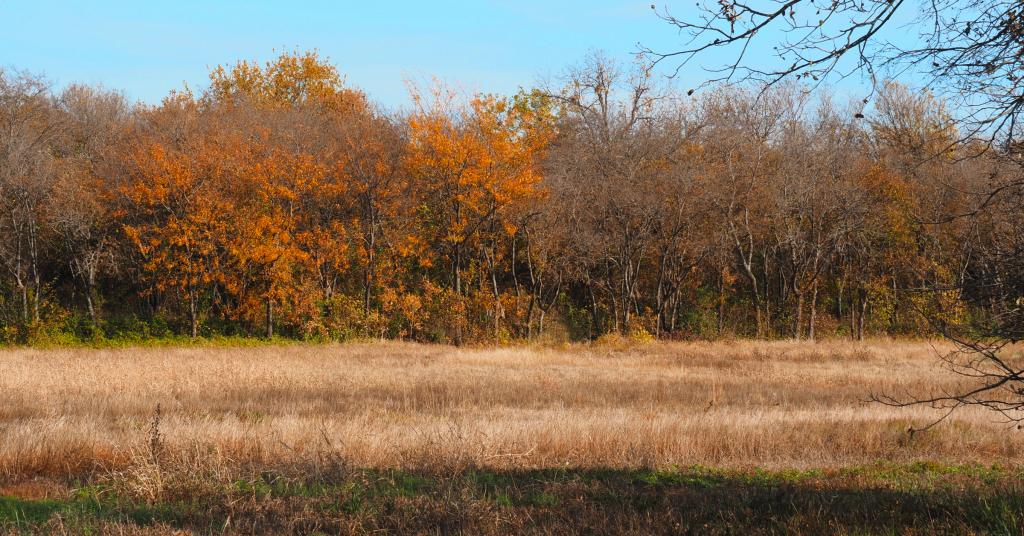With everything going on in the world, and with the holidays and the challenges that some family gatherings present, it’s a good time to talk about boundaries.
The challenge in writing about boundaries is that every situation is different. If some of your family refuses to respect you, it’s easy to say “just don’t go” – and that may very well be the best thing to do.
But what if you’re 15 and you don’t have a choice? What if you’re 22 and you’re financially dependent on them? What if there are family members you really like but you only get to see them at these gatherings? One size does not fit all.
I usually write in a rather straightforward manner, but today I want to do something different. In this post I want to talk about boundaries in a metaphorical and perhaps even mythical way. You’ll find no advice in this post. Rather, you’ll find some things to think about and to think with. Meditate on them in the context of your particular situation and see what comes to you.
You may be surprised at the answers you find inside yourself.
What is a boundary, anyway?
Google says a boundary is “a line that marks the limits of an area” or “a limit of a subject or sphere of activity.” A boundary is a limit. It says “this far and no further.”
Boundaries in nature tend to be broad and vague. That leads to the concept of liminal zones – those in between places and times that are “neither within nor without.” What’s the boundary between the land and the sea? You’re in the water, then you’re in the surf, then you’re on the shore, then finally you’re on dry land. Where does the land end and the sea begin? It depends on the time of day, the time of the month, and the weather.
Most Pagans, witches, and other magical folk like liminal zones – they’re magical places and times when anything can happen. But they’re also danger zones precisely because anything can happen, and often does.
Human-created boundaries tend to be sharp lines with no transition zones. They also tend to be rather arbitrary. The bird flies above the Rio Grande without a thought, but if a person swims or walks across, the Border Patrol will arrest them.
This isn’t a post on immigration. It is a reminder that human-drawn boundaries are both imaginary and real.
Does a vague, liminal-zone-ish boundary serve your needs? Or do you need a sharp line?
Natural boundaries are intuitive but not always secure
Natural features can form boundaries, or can be used as boundaries. The Red River forms part of the boundary between Texas and Oklahoma. The Congo River forms a boundary between our closest genetic relatives: chimpanzees to the north and bonobos to the south.
Natural boundaries present challenges to cross, but that doesn’t mean they’re uncrossable. The Romans assumed the Alps protected their northern border, but Hannibal proved otherwise. Switzerland stayed out of World War II less because of their mountains and more because of their money, and their willingness to do business with anyone.
Where are there natural boundaries in your life? What are the limits of their protection?
Boundaries have stories, and stories can be changed
Look at a map of North America. There’s a straight line running across the central and western part of the continent. The 49th parallel forms much of the border between the United States and Canada (the actual border on the ground varies slightly due to imprecisions in 19th century surveying techniques). There’s a history to this boundary, but do you know what it is? Most of us don’t, because it’s not important to us.
This boundary is quite new compared to some of the boundaries in Europe and Asia. They all have stories, and in some cases different stories on different sides. But for all of them, the “why is this here?” has become less important than “this is the way it is.” Or for boundaries under dispute, “this is the way we think it should be.”
What lines have you never crossed because you were told “that’s the way it’s supposed to be?” What stories have you been told about why a boundary exists – or why it doesn’t exist? Is that story helpful to you? Would another story be better?
Boundaries can be negotiated
It’s pretty hard to negotiate with a river. But the U.S. – Canadian border was negotiated between the U.S. and Great Britain in 1818 and refined with further negotiation over the years. Many laws create boundaries around actions – they’re negotiated by legislatures and judges.
Negotiations (of any kind) tend to work best when both parties are of roughly equal power. The history of the U.S. – Mexico border is not nearly as clean and simple as the U.S. – Canadian border. Still, when both parties have an interest in peace and justice, reasonable boundaries can be negotiated even between unequals.
Where can you negotiate a boundary? Will an appeal to justice, fairness, or kindness be heard? Or are you dealing with someone who understands only power and force?
Boundaries can be declared
Personal boundaries are simple to declare. Vegans say “I will not eat animals or anything that comes from an animal.” Religious people of many varieties say “on these special days I will perform the appropriate rites no matter what.” For many different reasons – health, religion, personal preference – some people say “I will not drink alcohol.”
Getting other people to respect those boundaries can be difficult, particularly when they see it as a challenge to their ideas about the way things are supposed to be. Still, the force of will involved in declaring a boundary can create a boundary that many will be reluctant to cross.
Where can you simply declare a boundary? Where can you say “I will do this but not that”? “I will respond to this name but not that name”? “I will not be present where these activities are taking place?” If such declarations will not hold on their own, can they be the first step in beginning negotiations around a boundary?
Most boundaries have to be enforced
Mountains don’t have to be enforced. They’re there – deal with them. Arbitrary lines on the ground do, otherwise people simply ignore them.
Personal boundaries have to be reinforced – spiritual practice reminds us of the importance of maintaining the boundaries of our traditions, whatever they may be. The ancient English custom of beating the bounds maintained borders and markers, and also preserved their locations in memory.
Sometimes enforcing a boundary means creating a physical barrier: doors and locks do a good job of keeping unwanted visitors out of your house. On the other hand, the Maginot Line utterly failed to keep the Nazis from invading France. Where brute force is impractical or ineffective, softer methods must be employed.
Can your boundaries be maintained by declaring them over and over again? Do you need the force of the law behind you? Or perhaps, the force of magic? Can you win a battle of force? If not, what alternative strategies might work for you?
A meditation on boundaries
Did you read this post or did you scan through it? I do my best to write so that people who don’t read closely can still get the message I’m trying to convey. But this isn’t a post where skimming is likely to be adequate. If you didn’t read it closely, go back and read it again.
Read it a third time if you need to.
Sit quietly and let it sink in.
Let your mind wander – how does this apply to your particular situation? What boundaries do you have? What boundaries can you declare? What boundaries can you negotiate?
How can you enforce and reinforce the boundaries you need?
What tools do you have at your disposal?
What allies – in this world or in the Otherworld – might be willing and able to help you?
Blessings to you as you draw and maintain the boundaries you need for a safe and healthy life.
Note: boundaries vs. borders
According to various online sources, a border is the line between two things, while a boundary is the outer edge of a thing. I’ve used the terms synonymously in this post. For our purposes here I think that’s correct – or at least, not wrong.





















